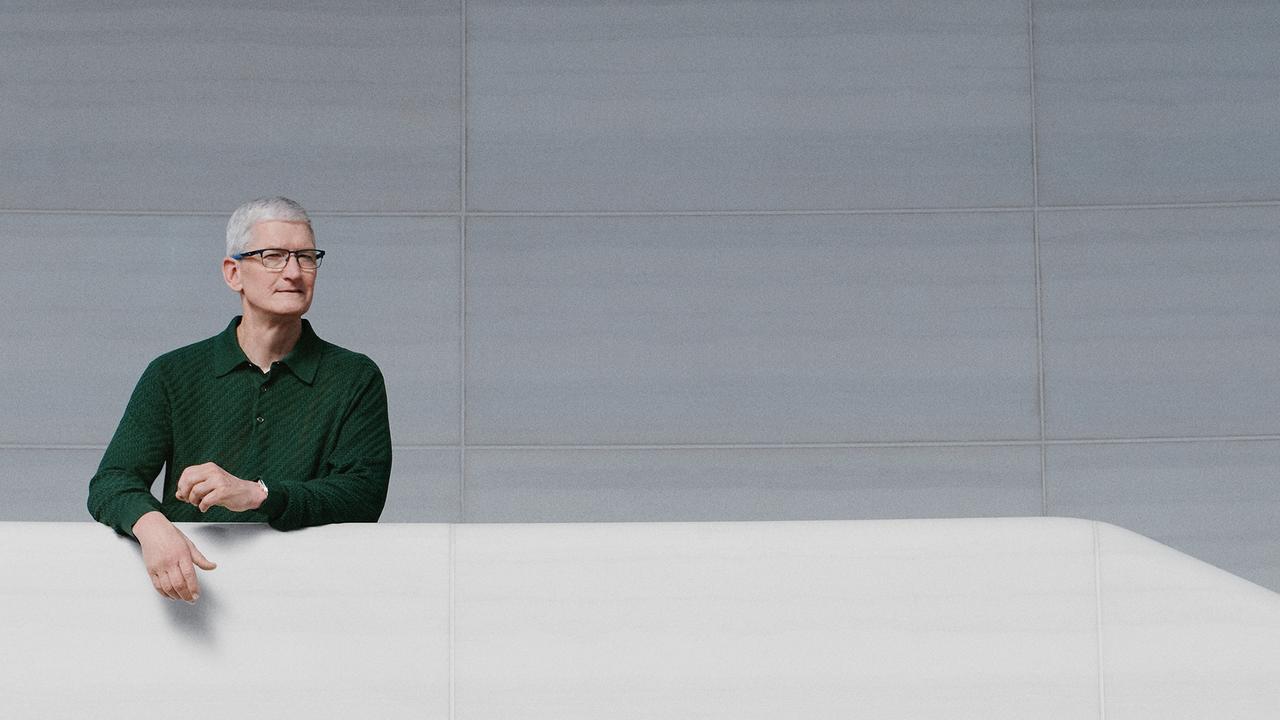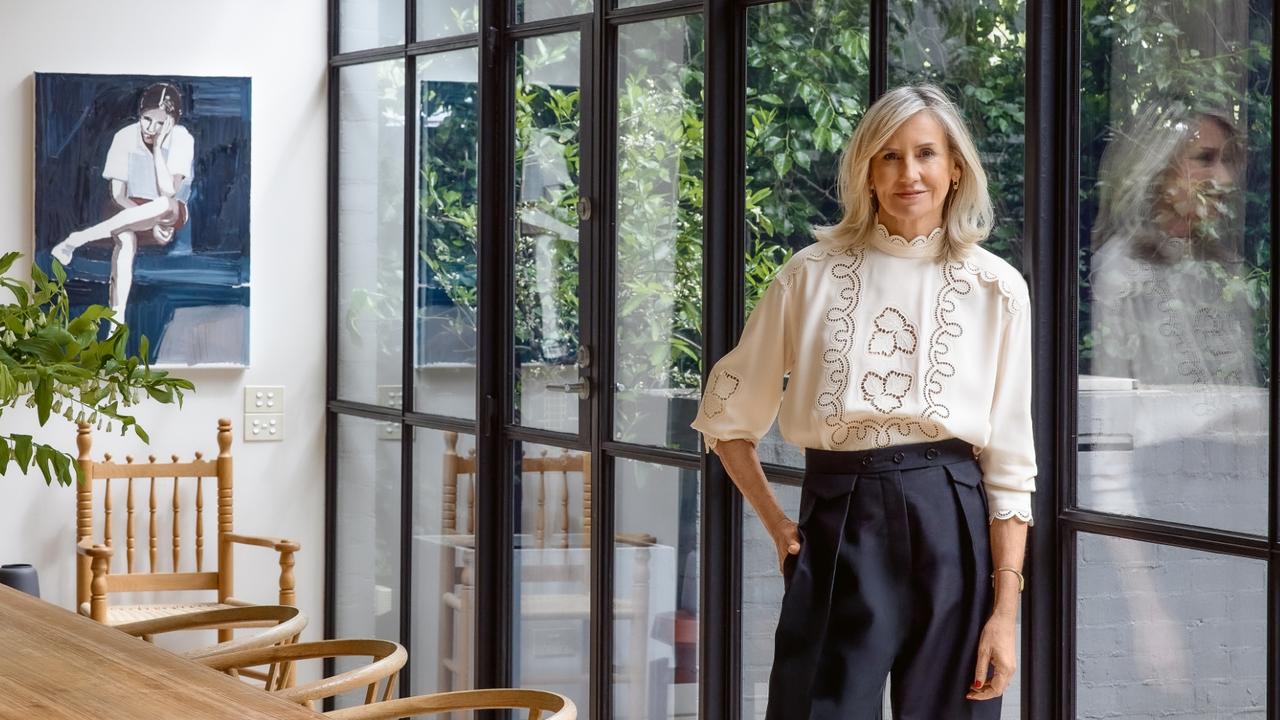Cartier’s Jacqueline Karachi-Langane on the legendary jewellery maison’s secret
Cartier’s creative director for fine jewellery, Jacqueline Karachi-Langane, talks has what it takes to be the gatekeeper for the maison’s legendary style.
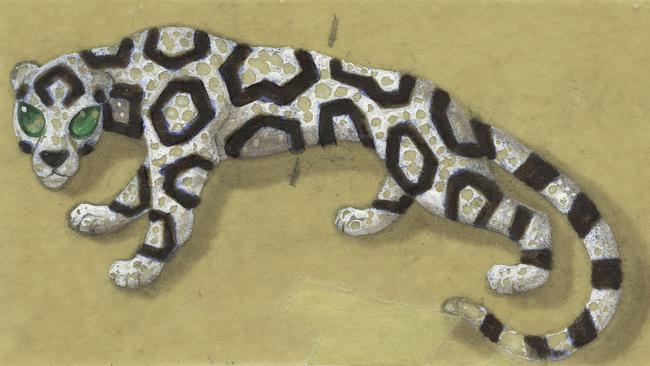
In 2018, hundreds of thousands of Australians visited the National Gallery’s blockbuster Cartier: The Exhibition, which featured more than 300 treasures on loan to Canberra from royal vaults, celebrity safes and the maison’s storied archive. Historic heavyweights included the Queen’s “Halo” tiara, worn by Kate Middleton for her wedding to Prince William, and Princess Grace of Monaco’s spectacular 10.48-carat diamond engagement ring.
Earlier this year, Cartier welcomed a similarly haute collection of high jewellery for an unprecedented tour of the brand’s Sydney and Melbourne boutiques. The key difference? This sparkling showcase made history as the largest high jewellery collection ever available for purchase on our shores. In addition to the mesmerising $37.7 million Dioscures necklace, first worn by Nicole Kidman on Vogue Australia’s 60th anniversary cover, and pink diamond Echo earrings, valued at $17.8 million, Cartier’s VIP clientele were introduced to some 130 one-of-a-kind pieces from the house’s high jewellery lexicon, including the iconic panthère and Art Deco designs.
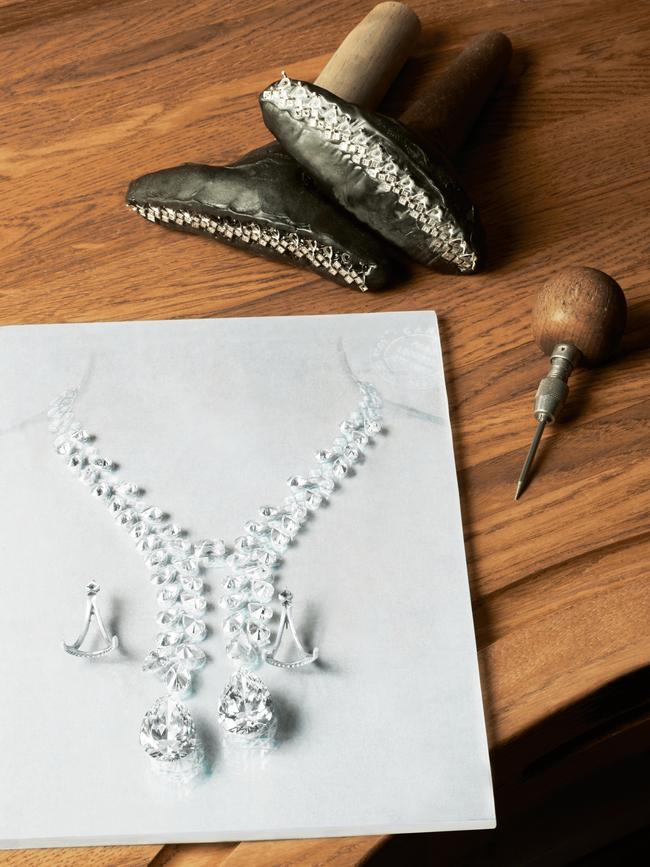
The custodian and gatekeeper of that now legendary style vocabulary is Jacqueline Karachi-Langane, Cartier creative director for fine jewellery, who will celebrate her 40th anniversary at the maison next year.
“Time flies,” Karachi-Langane begins, recalling her career path from Cartier jewellery designer to creative director after she studied ornamental engraving at The École Boulle fine arts college in Paris. “But my passion for jewellery design grows every day.”
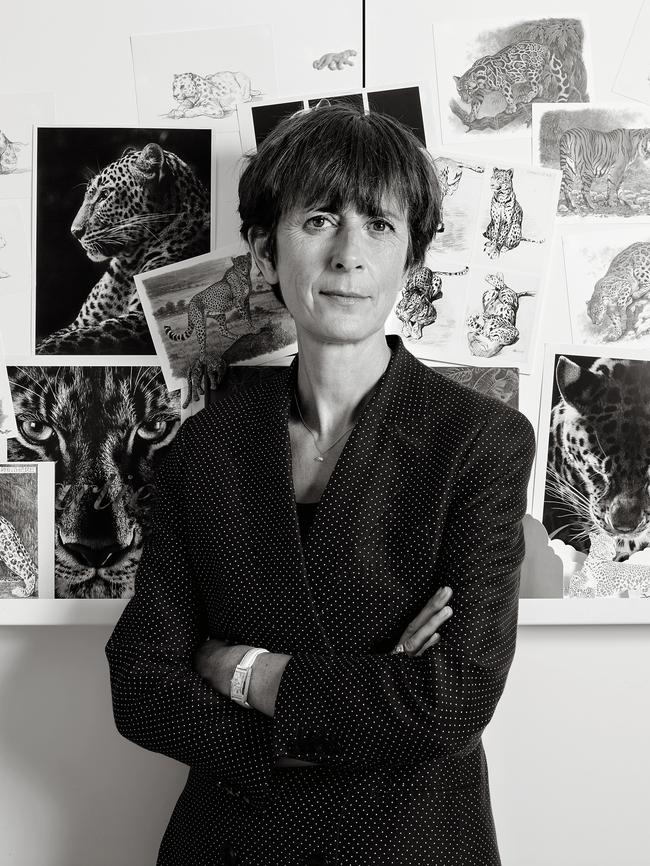
As creative director, Karachi-Langane manages a design team of 12, of whom 10 are dedicated to manifesting Cartier’s annual high jewellery collection presented in Paris each July, while the remaining two are tasked with special orders for clients. “My role is to transmit my knowledge of the Cartier style, my technical expertise and especially my artistic sensitivity to the new generation of designers,” she continues, speaking via Zoom from Paris. “High jewellery pieces are timeless and become an expression of each particular era, but at the same time they are contemporary and every collection opens a new page in Cartier’s history.”
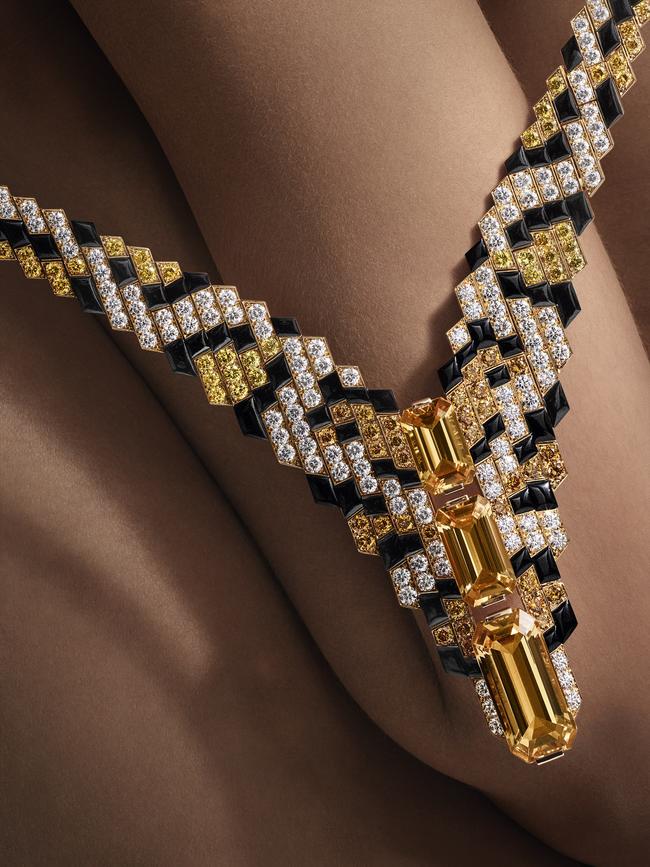
It’s a two-year process from stone selection to presentation: “All of the high jewellery creations are one of a kind,” Karachi-Langane stresses, also noting that her studio similarly designs unique watches, clocks and objets d’art. “In a high jewellery collection each design is unique, yet they complement one another to create a harmonious theme. I am here to have a link between every piece.”
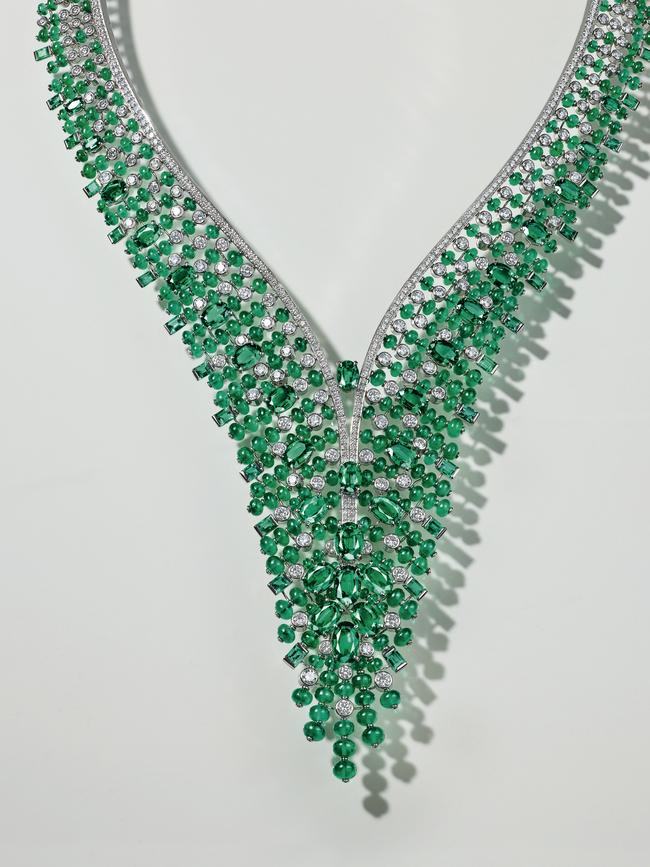
And not even a global pandemic can break that creative chain. “We are always very, very busy,” she maintains. “Creation could technically be done from anywhere. Our designers have proven such an amazing flexibility and agility to work from home during the past few months.” She clarifies: “Our designers not only design, but also have the duty to follow their creations’ development. Consequently they need to be physically present at every important stage of the making of their pieces. It goes hand in hand with the daily work of the workshop teams. Of course the craftsmen can’t work from home, but there are many precautionary measures in place. It’s working.
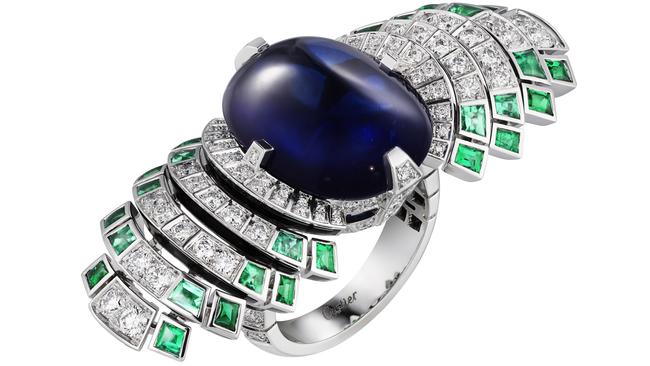
“Designers like to travel; we like to be very open minded on the world. We travelled regularly to see exhibitions but at the moment it’s via the internet.”
The most difficult part of this modified process is selecting the stones – the heart of any new design. “Every high jewellery creation starts with unique stones. We try to adapt and see the stones by Zoom,” she smiles, speaking of the new stone procurement protocols involving suppliers from India to Hong Kong. “They know us and they know the criteria of quality, so we try to see by Zoom, and then they send them and we finish the selection process in Paris. It works, but we are looking forward to travelling again. To see and have the emotion in front of the stone is easier than in front of Zoom.”
So what is a Cartier stone? “The charm and uniqueness is very important, says Karachi-Langane. “In France we speak of chic à la française, or chic à la Parisienne, so the Cartier stones are very chic. It means that the colour needs to be very subtle as well as the association of colours we create. If some materials are too aggressive or too overused or popular, we try not to use it.” That said, “We are very open minded, so even if a stone has never been used for high jewellery in the past we give them a chance to be a Cartier stone.” This is done by pairing such a gem with “nobler stones to try to give them a new nobility. The work of the designer is to highlight their beauty. They choose their stone because they are moved by it.”
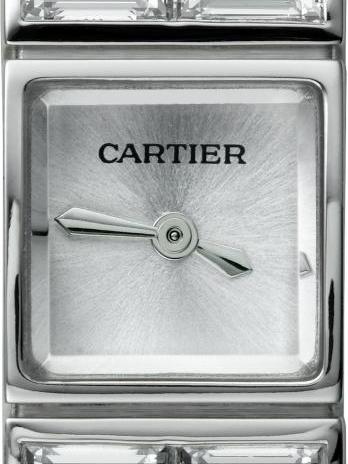
These creations are then brought to life by Cartier’s skilled artisans in one of its two high jewellery workshops in Paris. “They are born from the passion of the designers, gemologists, craftsmen and stone experts. It is an intimate and exclusive world.”
Take the aforementioned Dioscures necklace. “It took more than one year to gather all these exceptional diamonds of rare quality and colour,” Karachi-Langane says of the show-stopping pear diamond necklace finished with two detachable 26.35 and 26.37 carat stones. The piece, its name inspired by the divine twins of Greek mythology, Castor and Pollux, took more than 2038 hours to create. “The stones have been cut from the same rough diamond weighing more than 195 carats.” Of exceptional quality, both diamonds are certified D IF and belong to the type IIA due to their pristine composition. For those without gemology training, this category covers less than 2 per cent of existing diamonds.
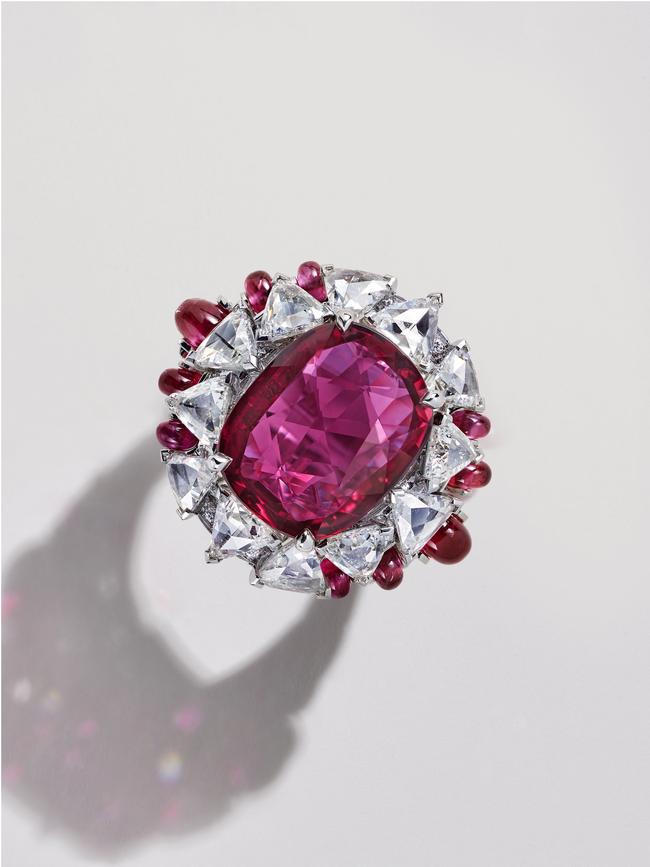
Another master stroke of this necklace is its modularity. The two diamonds can be detached and reconfigured as equally megawatt earrings.
“This is truly a high demonstration of our craftsmanship,” Karachi-Langane says, referring to the brand’s heritage in this transformative genre, which historically saw tiaras refashioned as necklaces. It is also a category that has proved extremely popular during the pandemic, she notes.
Other stars of this touring showcase included the Calibre 101 Baguette watch that draws on the progress of Louis Cartier, grandson of founder Louis-François Cartier, with the miniaturisation of mechanisms in the 1920s. This Baguette timepiece, itself a Cartier classic, features the smallest mechanical movement in the world. Equally impressive, and iconic, is the Panthère Graphic bracelet, which offers a very modern interpretation of the maison’s emblematic cat.
Is Karachi-Langane ever daunted by the weight of her role as custodian? “I try not to think about it,” she smiles. “For me, what is most important is to translate the Cartier style, the spirit, emotion and sensitivity.” In this case, one flawless stone at a time.

